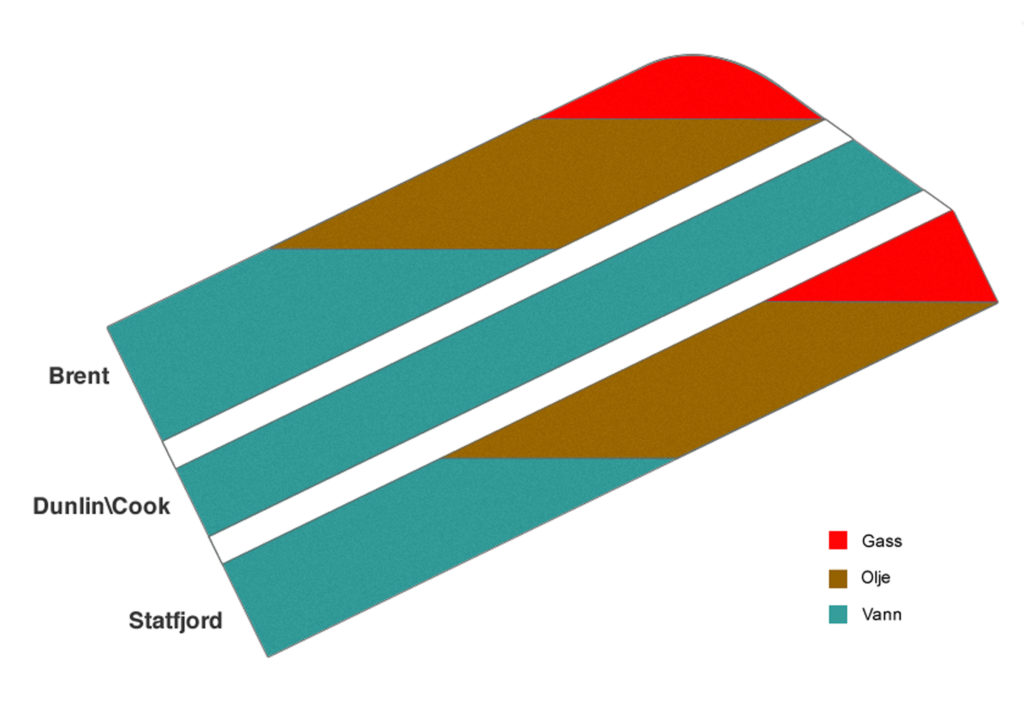Geology and reservoir

Kilder:
Main considerations in develoment of Statfjord Field, H. Ager-Hansen, Statoil and J. Medley, Mobil
Statfjord Field: Field and Reservoir Management Perspectives, Atle Aadland, Olav Dyrnes and S.R. Olsen, SPE and O.M. Drønen, Statoil A/S. SPE Reservoir Engineering , August 1994
Increasing economic recovery by synergetic development of neighbouring fields in the Norwegian Continental Shelf. Adolfo Henriquez, Øystein Arvid Håland, Stein Børre Torp (Statoil) 2001
Turning a North Sea Oil Giant into a Gas Field – Depressurization of the Statfjord Field, R. Boge, SPE, S.K.Lien, A. Gjesdal and A.G. Hansen, SPE, Statoil. SPE 96403 2005
The use of sea water tracer as a tool for history matching of the Statfjord Fm simulation Model. Master Thesis, Henriette Strøm, 2010
Triassic lithostratigraphy of the Northern North Sea Basin. Kjell-Sigve Lervik – Norwegian Journal of Geology 2006

 geologi og reservoar, illustrasjon
geologi og reservoar, illustrasjon